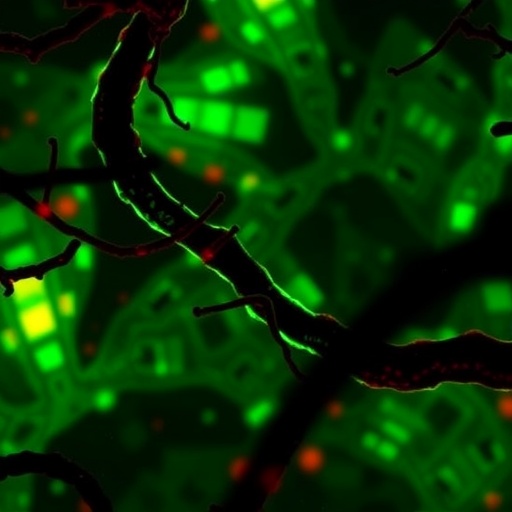Why do naked mole rats live up to 31 years, when distantly related lab mice are lucky to make it to four? How is the aquatic axolotl capable of regenerating limbs, jaws, spines and even brains when frogs can only regrow tails as tadpoles? How can these difference be exploited for the benefit of human health?
Questions like these set up a classic starting point for genetics research. When a trait catches a geneticist's eye, the goal is always to find the DNA sequence differences that underlie it. But to date, the tools of the field have focused on individuals of a population–what makes one human different from another, for example, when we are all the same species. Trait differences between species have been essentially out of reach.
Now researchers at the Buck Institute have broken through this roadblock by designing a method that pinpoints genetic causality for trait differences between closely related species. The research, published in Nature Genetics, lays the groundwork for the mapping of specific genes to specific traits in sister species throughout the plant and animal kingdoms.
"Think of all the amazing characteristics we see in organisms around us, from longevity and disease resistance to the spots on a butterfly," said Rachel Brem, PhD, associate professor at the Buck Institute for Research in Aging. "We want to find the genes at the root of these traits, and in many cases, they'll be relevant for human health."
As an example, Brem points out that there are mouse species with stark differences in longevity, immunity, susceptibility to cancer, and the ability to recover from brain injury, among others. "Now we'll be able to find the genetic basis for those advantages and start comparing the findings with human genetics." Brem says the method is being utilized in multiple labs at the Buck, where the ultimate goal is to design drugs that mimic, in humans, the best that the natural world has to offer.
The new method, which Brem says is straightforward and simple, was developed by genetically dissecting an ancient divergence in two species of yeast that differed in their tolerance to heat. In addition to research involving human health, Brem says the work has wide applicability to plant biology and agriculture, as well as climate change as scientists seek to understand how animals adapt to extreme environments.
"Evolutionary geneticists are interested in 'outliers' – plants and animals that developed unusual traits as they evolved to survive and thrive in new environments and conditions," said Brem. "There's a lot left to be discovered and we're hoping that our work will provide a jump start to that process."
###
Citation: Genetic dissection of an ancient divergence in yeast thermotolerance DOI: 10.1038/s41588-018-0243-4
Other Buck researchers involved in the study include Rylee K. Hackley and Julie Chuong. Other collaborators include Carly V. Weiss, Jeremy Roop, and Igor V. Grigoriev, Department of Plant and Microbial Biology, UC Berkeley, Berkeley, CA; Adam P. Arkin and Jeffrey M. Skerker, Department of Bioengineering, UC Berkeley, Berkeley, CA and Lawrence Berkeley National Laboratory, Berkeley, CA.
The work was supported by a grant from the National Institutes of Health grant R01 GM120430-A1, and by the Community Sequencing Project 1460 at the U.S. Department of Energy (DOE) Joint Genome Institute, a DOE Office of Science User Facility. The work conducted by the latter was supported by the Office of Science of the U.S. Department of Energy under Contract No. DE-AC02-05CH11231.
About the Buck Institute for Research on Aging
At the Buck, we aim to end the threat of age-related diseases for this and future generations. We bring together the most capable and passionate scientists from a broad range of disciplines to study mechanisms of aging and to identify therapeutics that slow down aging. Our goal is to increase human health span, or the healthy years of life. Located just north of San Francisco, we are globally recognized as the pioneer and leader in efforts to target aging, the number one risk factor for serious diseases including Alzheimer's, Parkinson's, cancer, macular degeneration, heart disease, and diabetes. The Buck wants to help people live better longer. Our success will ultimately change healthcare. Learn more at: https://buckinstitute.org
Media Contact
Kris Rebillot
[email protected]
415-209-2080
@BuckInstitute
http://www.buckinstitute.org
http://dx.doi.org/10.1038/s41588-018-0243-4




